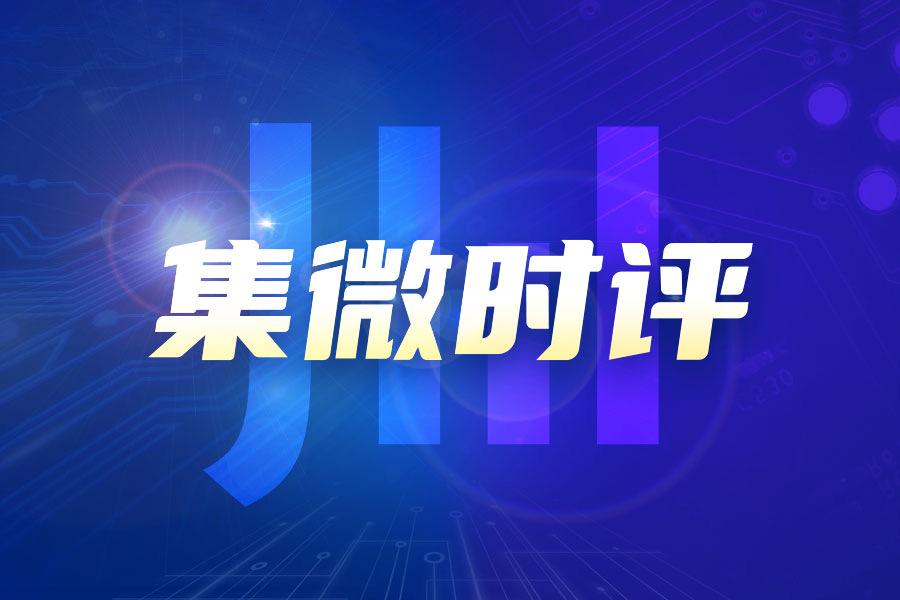
By Li Panpan
(JW Insights) Oct 26 -- The goal of the US government's export controls against China is to continue to implement the "low-end lock-in" strategy and limit China's technology and industry to the low-value chain of the international division of labor. Only by going global and adopting a globalization strategy can China break the unfairness, said JW Insights analyst Chen Bingxin in his latest commentary.

Excerpts from Chen's article:
The "low-end lock-in" effect in the division of labor in the global value chain refers to a development in which a country or enterprise cannot focus on core technology and lacks innovation capabilities. Its products are locked in processing, assembly, and other sectors with low industrial profits and benefits.
China was in this state at the beginning of entering the WTO in 2001. However, the situation has changed as the Chinese government has shifted its economic and trade policies' focus to transforming and upgrading high-tech industries and striving to enhance the status of enterprises in the international division of labor.
The proportion of manufacturing trade of Chinese enterprises has declined year by year, reaching as low as 27.12% in 2020, while the status of the international division of labor has begun to show an upward trend. Taking the most innovative ICT industry as an example, in 2022, China shipped 264 million smartphones and 214 million 5G mobile phones, accounting for 78.8% of the total. Its cloud computing industry exceeds RMB300 billion ($41 billion), with an annual average growth rate more than 30%. In 2022, China's new energy vehicle sales reached 6.887 million units, accounting for more than 60% of the global new energy vehicle market.
Chinese companies are increasingly recognizing the importance of technological innovation in economic development. They continue to intensify innovation and promote the deep integration of science and technology with the economy. In the field of communications, 5G has been popularized on a large scale, and the industry chain involves a wide range of areas such as networks, equipment, devices, and applications. It is deeply integrated with big data, cloud computing, artificial intelligence, blockchain, and other technologies.
In the chips industry, critical products like CPU, FPGA, and communication SoC have achieved breakthroughs, advanced processes have been advanced to the 7nm node, and it has the manufacturing technology capabilities to support more than 80% of product varieties.
Over the past few years, the United States has implemented decoupling policies against China, including expanding the entity list, supporting new supply chains, restricting the export of high-tech products, and restricting international students and academic exchanges. Recently, the US Department of Commerce's Bureau of Industry and Security has again upgraded the export ban on AI chips, and 13 Chinese companies have been included in the entity list. Its primary purpose is to weaken China's strength in technological innovation, IC and artificial intelligence have become the focus of blockade against China.
The goal of the US government has never been to completely block China. The US market cannot do without China's high-quality and low-price goods. Its goal is to continue implementing "low-end lock-in" and limiting China's technology and industry to the low-value chain of the international division of labor.
Under this circumstance, only by resolutely implementing the "going global" strategy and adopting a globalization strategy can China break the unfairness in the international division of labor. China has proposed to build a new development pattern with the domestic circulating as the main body and the domestic and international dual circulating reinforcing each other, which is also inseparable from the global situation.
Chinese enterprises need to, on the one hand, optimize resource allocation, move up the value chain, and make full use of the favorable foundation of the large domestic market. On the other hand, they should step up technological research to achieve innovative breakthroughs, strive to improve positions in the international division of labor, use learning effects and technological spillover effects to enhance competitiveness in trades with developed countries and avoid being forced to switch trade models due to technical bottlenecks and locked at the low end.








